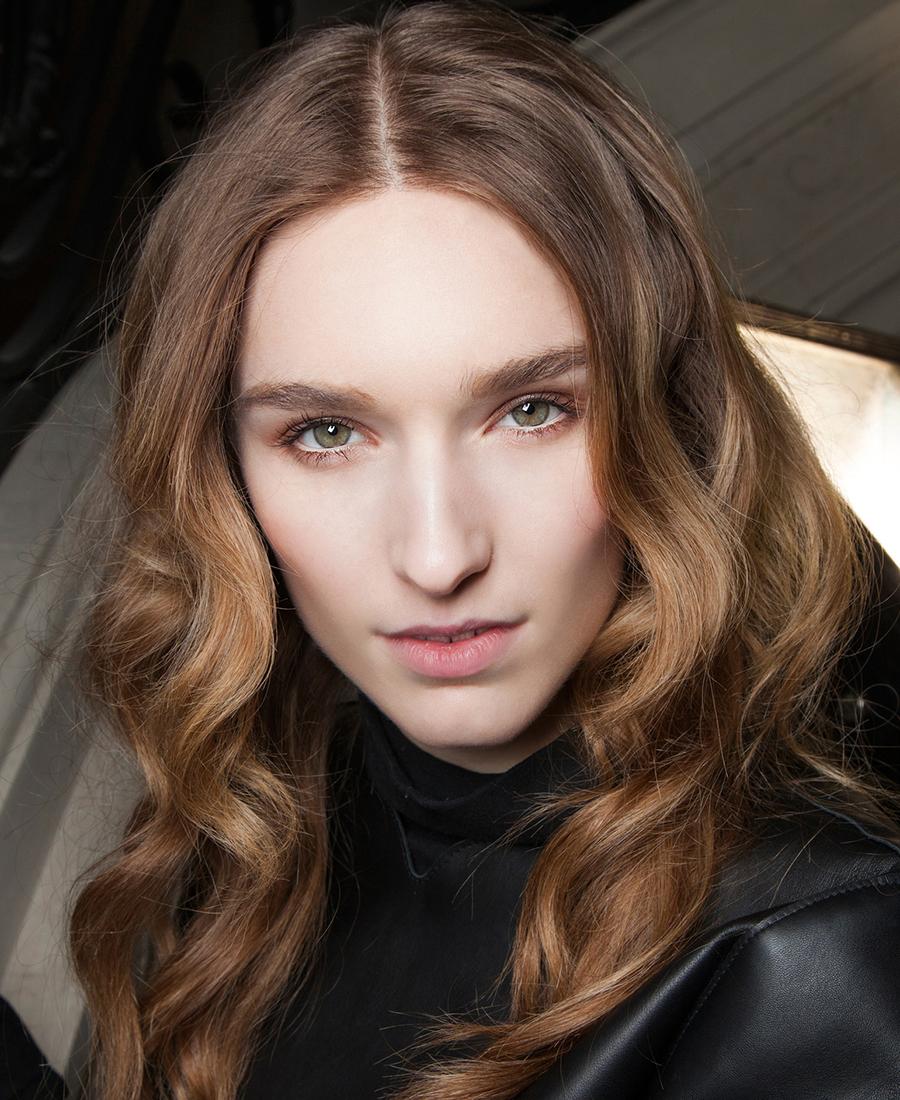
We’re of the belief that you shouldn’t let a less-than-ideal weather app prediction get in the way of how you want to wear your hair. And in the summer, the condition you’re likely going to be in battle with the most is humidity. Cue the sob music, we know. Humidity has this way of dragging down curls in a snap. Literally.
You can walk outside with perfectly coiled tendrils only to find them flat against your head like, 10 minutes later. For as long as it takes to curl an entire head of hair, this tragedy has got to come to an end. Because we don’t really WANT to retire our curling wands for the entire summer, we caught up with Kattia Solano, owner of Butterfly Studio Salon in New York City, who filled us in on how to make curls work when the weather is a total bummer.
MORE: 10 Hairstyles You Can Totally Rock at the Beach
Why Does the Humidity Hate Curls? OK, that’s a little dramatic, but when you’ve witnessed curls cascading down to the floor after walking outside/to your car/to get the mail, it’s warranted. Solano tells us that humidity has a habit of returning hair back to its natural state. And if you have straight hair, that’s what you may be left with. Think about it—humidity is the amount of water vapor present in the air. Water, by nature, shifts hair proteins back to their natural state. A curling iron only temporarily molds your hair. So it’s not quite as damaging as dumping a bucket of water on your head but still will relax tightly wound curls.
Wavy Hair Will Have an Easier Time Naturally, your hair already has a slightly bend shape, so using a curling iron to get tendrils isn’t going to be that much of a drastic change. Basically, humidity doesn’t have that much of a change to make. Solano says that wavy hair will end up holding more of the volume with a curly ‘do, too.
Don’t Wash Your Hair That Morning You already know that curls and braids are better done on dirtier or “day old” hair, and the same goes for curly hair in humid weather situations. “Yes, it’s best not to wash and do this style on not so clean hair—second or even third day hair will work, too. And if you have to wash, don’t use conditioner,” says Solano. “And avoid a very polished blow dry—it’s best to rough dry.”
If you have to use conditioner, try to find a product that’s lighter with no silicones for little build-up. This will prevent it from weighing down your locks. Rough drying will prevent heat from being placed in one area for too long, accidentally straightening and shifting the physical state of the hair.
How to Curl Before letting the iron touch your locks, even if they’re dry, Solano suggests using a mousse, like Shu Uemura Kaze Wave, that will give a hair a slight hold even before curling. “This way hair has more texture and hold for your iron work,” says Solano.
After prepping, our expert says that you should “anticipate going tighter” with your curls, wrapping smaller sections around the wand. This will make it more difficult for the curls to fall once in contact with humidity. While she says she’s not a huge fan of hairspray, it’s a good preventative step in this process.
To set your curls, let them cool down completely before heading out. When you touch your fingers to your hair, the strands shouldn’t be warm. You can even pin them up, but Solano says only pinning a few will ensure you have a look that’s not too “done.”
Last Step? Give your curls one last shield of protection with a spray that holds humidity-resistant qualities.”In humid days, I would not leave the house without Oribe Impermeable [Anti-Humidity Spray] to make your style last longer and protect from the humidity,” she says.
You can also gently tie your hair into a loose knot, either on the back of your head or as a topknot, to keep your curls coiled or wear a hat, suggests Solano.
MORE: How to Wake Up With Perfect Hair

